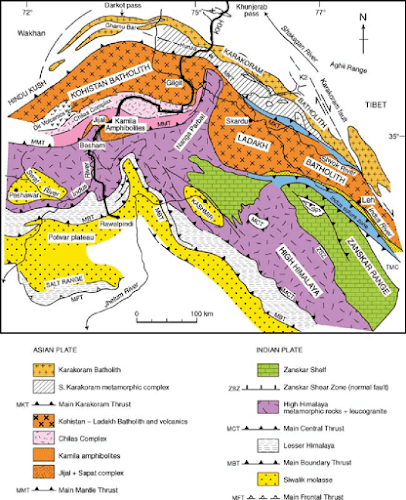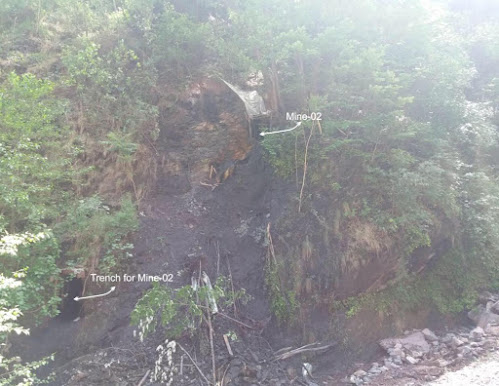 |
| Field photograph showing the front view of the Attabad Landslide. It has obstructed the main Hunza Channel causing the formation of Attabad Lake. |
I was ambitious to look at the the
landslide/Rock Avalanche physically, which caused the formation of the Attabad
Lake at the Hunza River, Gilgit Baltistan. I took this photograph and shared
with you for your interest. It is pertinent to mention that this slide
was a hug disaster to the river and communities living there. It caused the
destruction of around 26 houses and killed about 20 people in the vicinity.
Moreover, it was a cause of the formation of a natural dam, and reservoir
(Attabad Lake) obstructing the flow of the Hunza river near the Attabad
Village.










